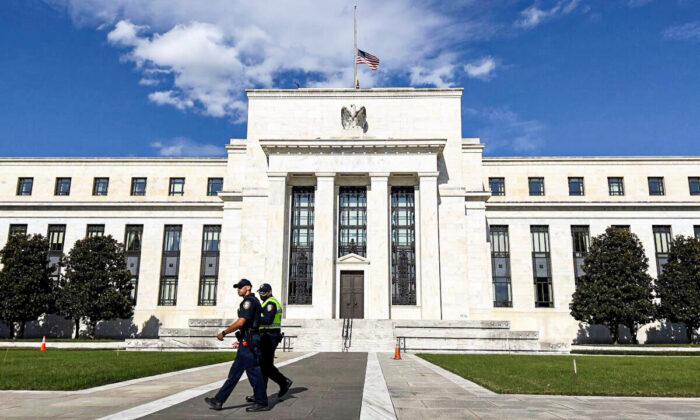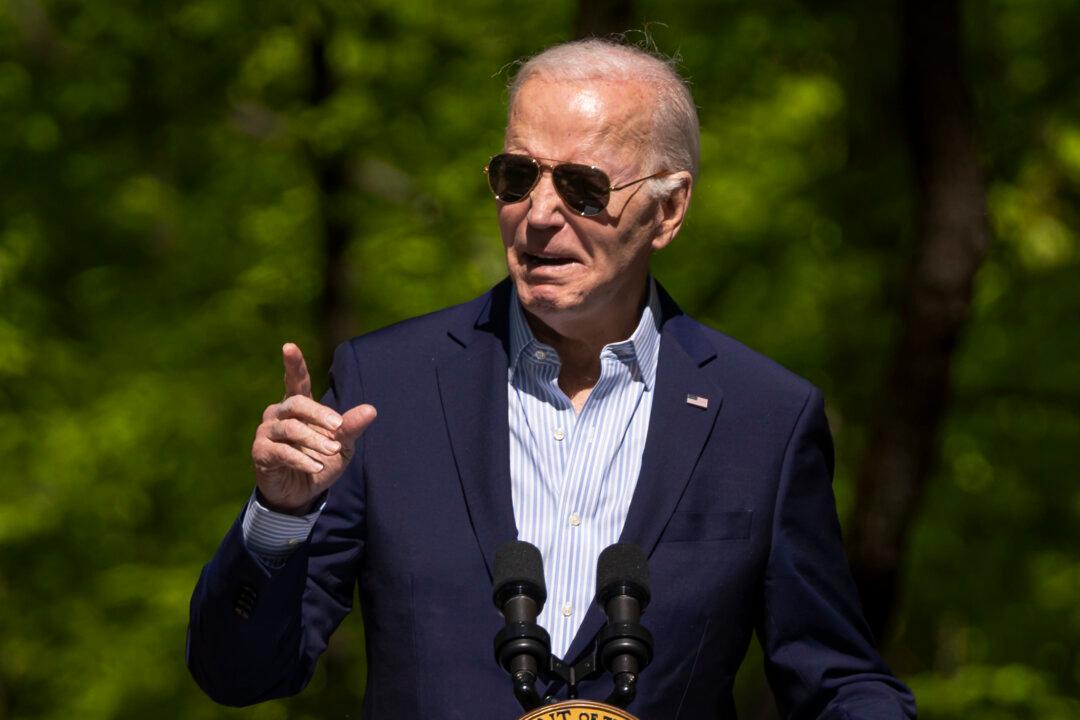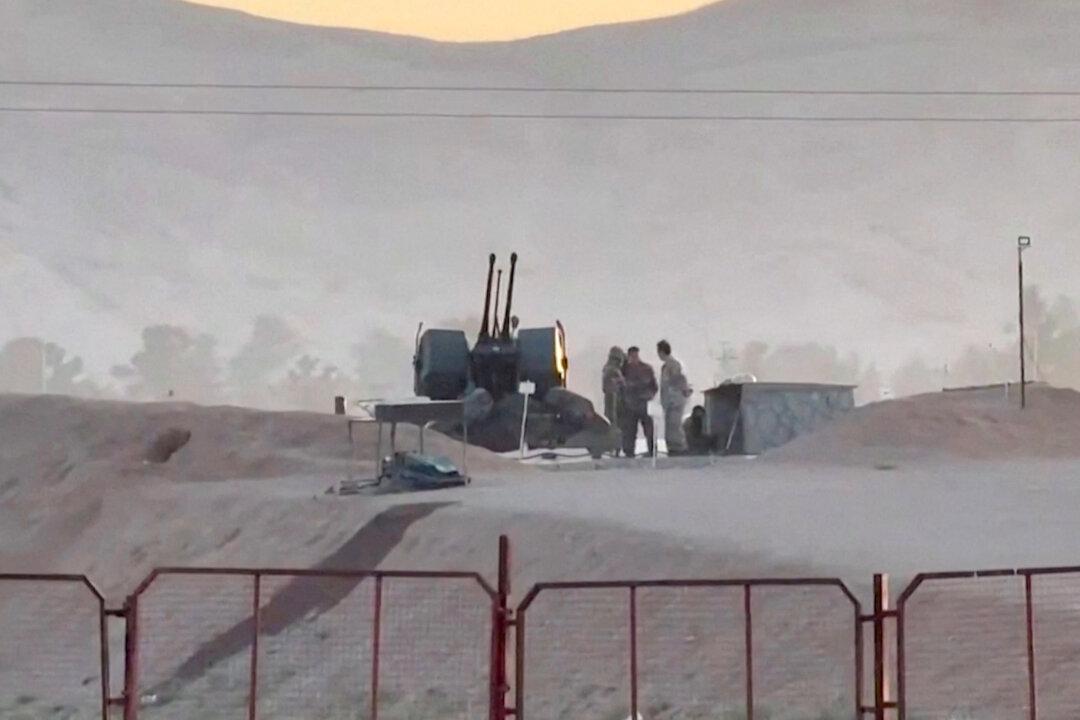The Federal Reserve, soon after the November 2020 presidential election, declared climate change a potential threat to the U.S. financial system, joining a club of central banks that seek to “mobilize” more capital for green energy.
The Biden administration and top Fed officials announced their plans to introduce regulations to address climate-related financial risks, saying they believe banks are vulnerable to the impacts of wildfires, hurricanes, floods, and droughts.
The paper published in November analyzes risks posed by severe weather conditions to the nation’s banks and financial system. The title of the report asks, “How Bad Are Weather Disasters for Banks?”
“Not very,” say the authors of the report in the first sentence of the abstract.
“We find that weather disasters over the last quarter century had insignificant or small effects on U.S. banks’ performance,” three economists wrote, crushing the arguments made by activist investors, bankers, and politicians.
The researchers studied thousands of FEMA-level disasters from 1995 to 2018. They looked at all weather events that were destructive enough for a Governor to formally request federal aid from the president. They also collected bank data over the same period to see how large and small banks fared against these disasters.
“Disasters increase loan demand, which offsets losses and actually boosts profits at larger banks,” the researchers wrote. “Local banks tend to avoid mortgage lending where floods are more common than official flood maps would predict, suggesting that local knowledge may also mitigate disaster impacts.”
They also found that FEMA aid didn’t explain banks’ resilience to disasters.
Regulators around the world are racing to implement models to measure the financial risk arising from climate change. Central banks including the Fed seek to implement climate stress tests of banks.
But the staff report goes against the narrative that climate crisis is a systemic risk for financial stability.
“This is a courageous paper to write, and to write so clearly,” says John Cochrane, an economist at the Hoover Institution at Stanford University who has been a strong critic of plans to include the Fed in a global push to cut emissions.
“The fantasy of ‘climate risks to the financial system’ is passed around and around in order to justify using financial regulation to implement this Administration’s climate policies,” he wrote in a recent blog.
Critics argue that using financial supervision as a back door to achieve climate policy objectives is against the central bank’s policy of independence. They say that the administration and the regulators seek to politicize access to capital by choking off bank financing for sectors they disapprove of, such as coal, oil, and gas.
Hence, the real risk to banks and financial system comes from the climate policies, not climate change, they argue.
“Documenting that this particular emperor has no clothes takes great courage,” Cochrane says.
Some investors, bankers, and policymakers, however, believe that the relationship between the financial sector and the climate crisis is often overlooked. In recent years, top investment banks and hedge funds have begun to put environmental sustainability at the center of their business plans.
“Climate change is an emerging and increasing threat to America’s financial system that requires action,” Treasury Secretary Janet Yellen said recently.
The regulators group financial risks facing banks into two broad categories: physical risks and transition risks. Physical risks refer to costs that arise from extreme weather events such as floods and wildfires. Transition risks are the ones that arise from policy changes in the process of moving toward a low-carbon economy.
However, developing scenario analysis tools to model climate-related financial risks is still in its infancy. There’s a lack of consensus among experts around the world on how to develop these tools. And, as the New York Fed study shows, there isn’t enough data to support the arguments that climate change hurts bank profits.
Hence, the study may be revealing an internal fight among policymakers as to whether or not the U.S. central bank should get into the business of addressing climate change.






Friends Read Free